SNB left monetary policy unchanged as widely expected. Full statement below.
Monetary policy assessment of 20 September 2018
Swiss National Bank leaves expansionary monetary policy unchanged
The Swiss National Bank (SNB) is maintaining its expansionary monetary policy, thereby stabilising price developments and supporting economic activity. Interest on sight deposits at the SNB remains at –0.75% and the target range for the three-month Libor is unchanged at between –1.25% and –0.25%. The SNB will remain active in the foreign exchange market as necessary, while taking the overall currency situation into consideration.
Since the monetary policy assessment of June 2018, the Swiss franc has appreciated noticeably, against the major currencies as well as against emerging market currencies. The Swiss franc is highly valued, and the situation on the foreign exchange market is still fragile. The negative interest rate and the SNB’s willingness to intervene in the foreign exchange market as necessary remain essential in order to keep the attractiveness of Swiss franc investments low and thus ease pressure on the currency.
The new conditional inflation forecast suggests that inflation up to the beginning of 2019 will be higher than predicted in June due to a slight rise in domestic inflation. From the second quarter of 2019, the new conditional forecast lies below the June forecast as a result of the appreciation in the Swiss franc. For 2018, the SNB continues to anticipate inflation of 0.9%, while the inflation forecast of 0.8% for 2019 is 0.1 percentage points lower than projected at the last assessment. For 2020, the SNB expects to see inflation of 1.2%, compared with the 1.6% forecast in the last quarter. The conditional inflation forecast is based on the assumption that the three-month Libor remains at –0.75% over the entire forecast horizon.
Overall, global economic growth was solid in the second quarter. In the advanced economies, utilisation of production capacity continued to improve and employment figures once again rose. In the emerging economies, too, economic momentum remained generally robust. International goods trade nonetheless slowed somewhat.
Economic signals for the coming months remain favourable. Supported by ongoing expansionary monetary policy in the advanced economies and improved labour markets, the global economy is likely to continue to grow. However, following strong growth in the previous quarters, the pace is expected to slow slightly. To date, the crises of confidence in Turkey and Argentina have not materially impacted the global economic outlook.
The risks to this positive baseline scenario are more to the downside. Chief among them are political uncertainties in some countries as well as potential international tensions and protectionist tendencies.
Switzerland’s economy has continued to recover. The revised GDP figures for recent years reveal stronger growth momentum than was originally reported. In the second quarter 2018, GDP once again grew faster than estimated potential output, at an annualised rate of 2.9%. The positive development in the first half of the year was, however, partly due to special factors. Overall, utilisation of total production capacity has improved further, and unemployment has also continued to decline over recent months.
Leading indicators suggest that the economic outlook remains favourable. Some loss of momentum is expected, however, due to a slight slowdown in global growth and the dampening effect of recent Swiss franc appreciation. The SNB now anticipates GDP growth of between 2.5% and 3% for the current year and a further slight fall in unemployment. The stronger growth forecast is attributable to the upward revision for the previous quarters.
Imbalances on the mortgage and real estate markets persist. Both mortgage lending and prices for single-family homes and privately owned apartments continued to rise at a moderate rate over recent quarters. Although prices in the residential investment property segment have stabilised, there is the risk of a correction due to strong price increases in recent years and growing vacancy rates. The SNB will continue to monitor developments on the mortgage and real estate markets closely, and will regularly reassess the need for an adjustment of the countercyclical capital buffer.




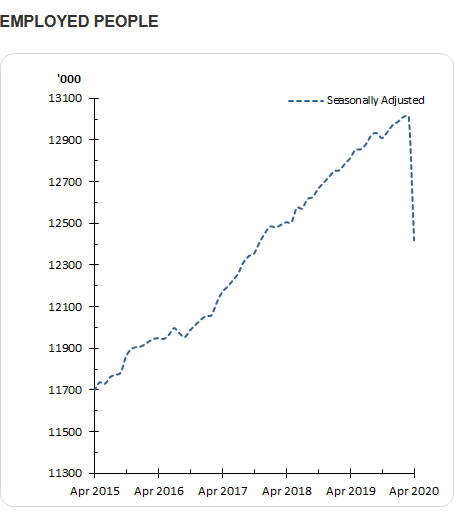
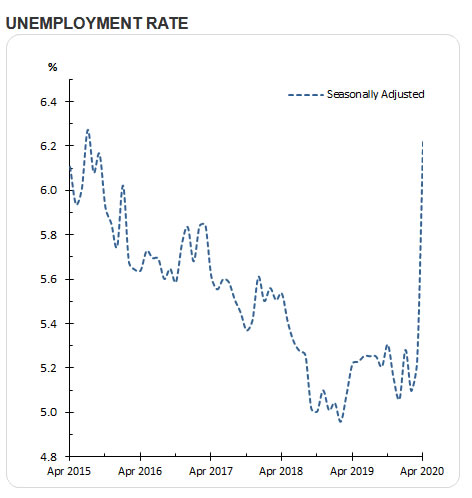
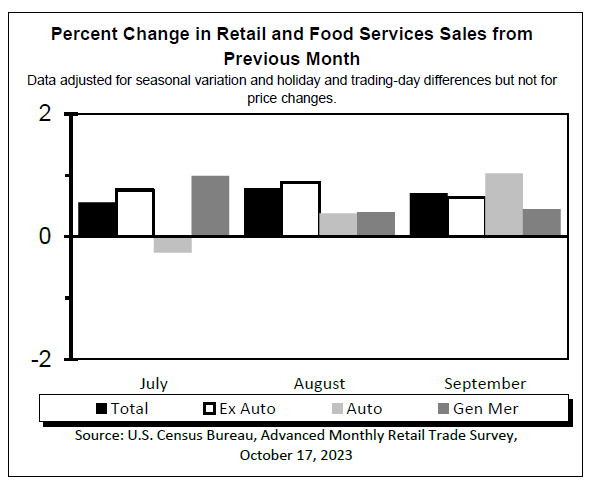
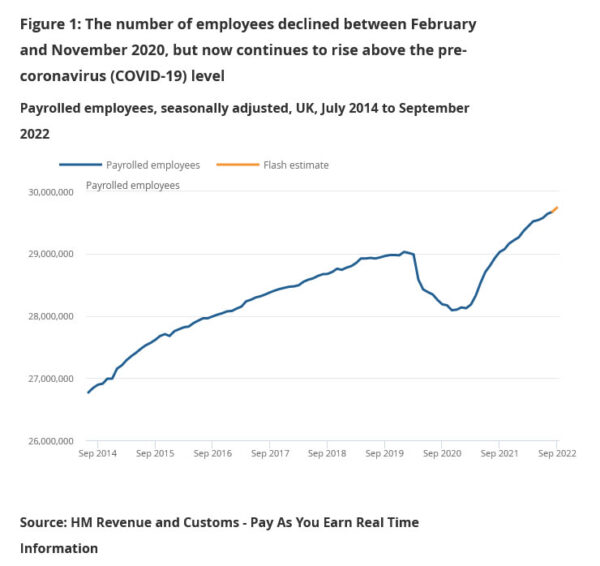
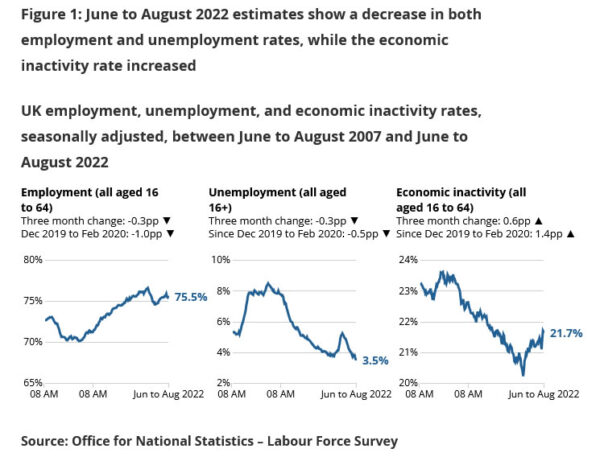
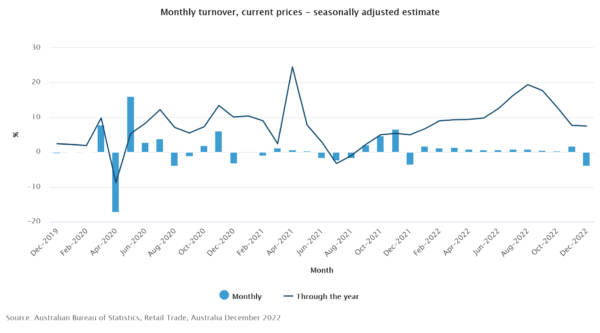

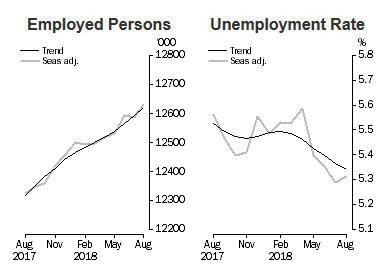
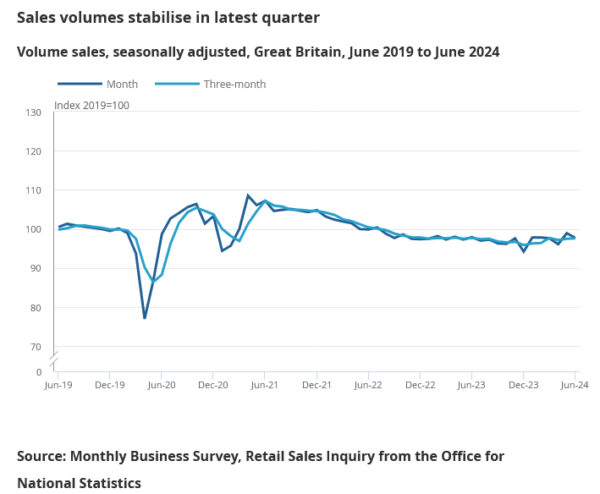
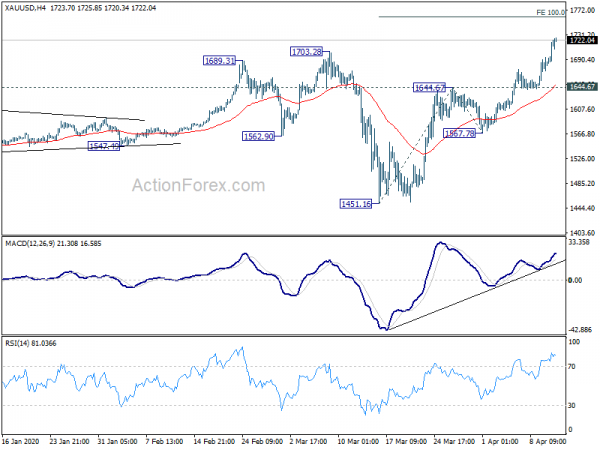
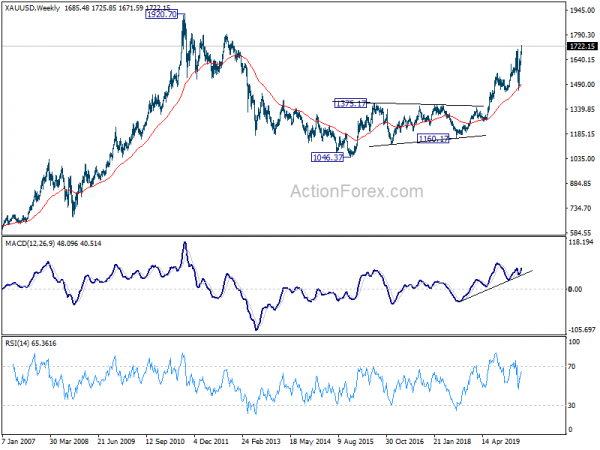
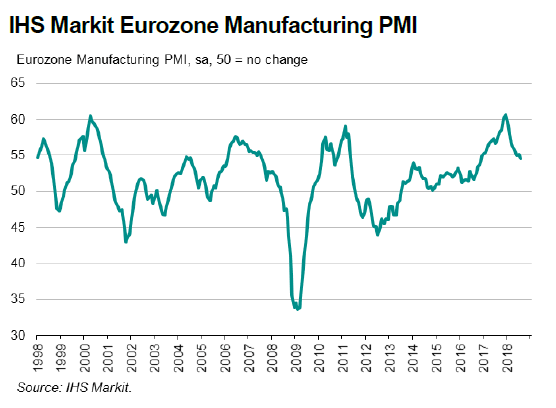
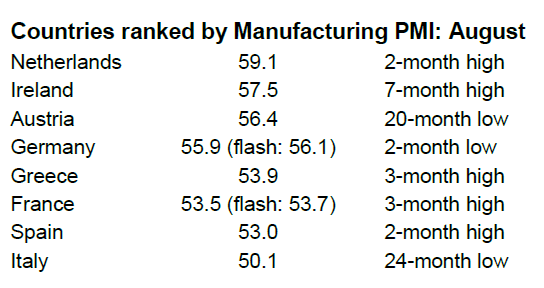
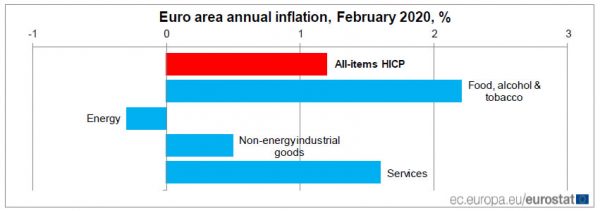
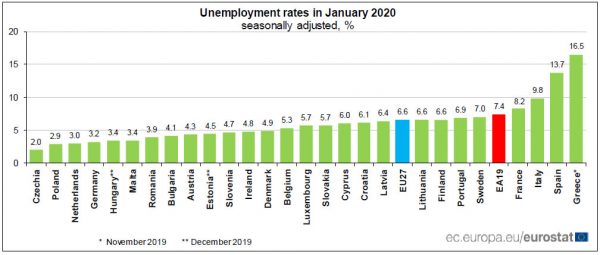

BoE to stand pat, eyes on new forecasts and voting
BoE is widely expected to keep bank rate unchanged at 0.50%. Asset purchase target will also be maintained at GBP 435B. The expectation of a May hike waned after recent batch of weak data. UK CPI grew merely 0.1% qoq in Q1. April PMIs showed that rebound at the start of Q2 was weak. And, UK CPI also slowed more than expected to 2.5% yoy in March, giving BoE less pressure to hike immediately.
It’s now seen that BoE would delay the gradual tightening of of monetary policy. But interest rates are still on the path of going up. Markets are pricing in around 50% chance of hike by August. But we’d argue that November is a better timing until there is a drastic turn in momentum in the latter half of Q2.
But such market expectations could shift drastically. Firstly, BoE will release the quarterly Inflation Report and we’ll see how the data released in the past three months affect the growth and inflation projections. Secondly, it would be interesting to see if the two known hawks, Ian McCafferty and Michael Saunders, would change their mind and refrain from voting for rate hike again. And turn in the two could trigger steep selloff in the Pound.